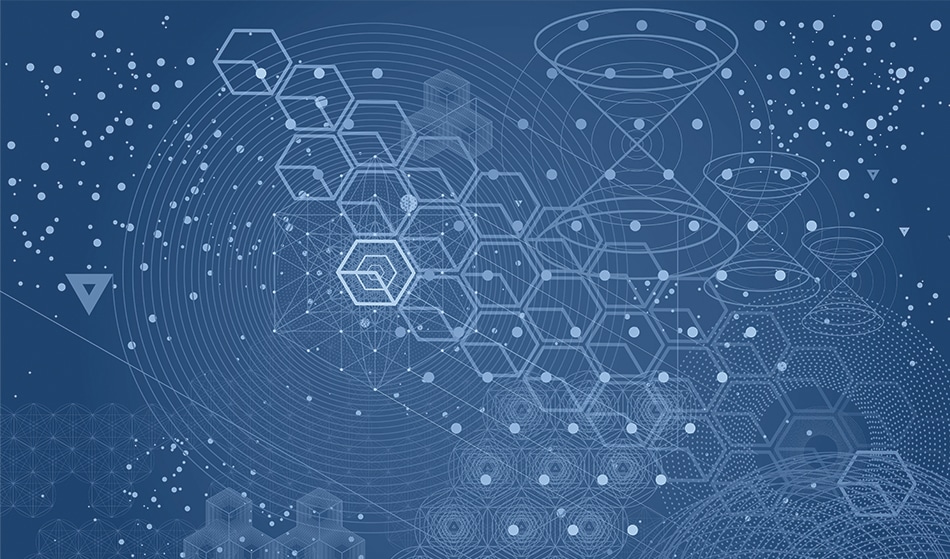Studied in work that was awarded the 2016 Nobel Prize in physics, topological effects have been a major topic of the physics conversation in recent years. Simply put, topological effects are phenomena seen on the surface of materials, but not in the body of those same materials.
In a new study published by the journal Science, researchers announced the exciting discovery of novel topological effects on photonic crystals in open systems, where energy or material can freely enter or leave
Photonic crystals are materials with billions of tiny, very precisely formed and oriented holes, which cause light to respond in strange ways. These crystals have been actively studied for potential new types of light-based computing systems or light-emitting devices.
Past research had identified topological effects in closed systems of photonic crystals, where an exchange of energy or materials cannot occur. These systems are easier to work with than open systems and are useful for academic purposes, but they are not valuable for translating research into real-world applications. The new work with open systems could translate to new kinds of lasers or other optical technologies.
Using a technique that allows them to effectively work with open systems, the study team found two distinctive topological effects: a bulk Fermi arc and an odd type of polarization shift.
Fermi arcs go against the standard notion that energy shapes are closed curves. Fermis arcs have been witnessed in closed systems, forming on the two-dimensional surfaces of a three-dimensional system. In the new study, the scientists discovered a Fermi arc that is located in the bulk of a system. This 'bulk Fermi arc' connected two locations referred to as exceptional points.
 Image credit: Ekaterina Koolaeva / Shutterstock
Image credit: Ekaterina Koolaeva / Shutterstock
Study researchers also reported the discovery of a light field that changed polarization according to the direction of light emission, slowly forming a half-twist along a loop that returns back to a starting point.
“As you go around this crystal, the polarization of the light actually flips,” study author Hengyun “Harry” Zhou, a recent graduate from MIT, said in a news release.
The half-twist observed by the team is similar to a Möbius strip, which is a strip of paper twisted into a half-turn before connecting it to form a loop. The effect is a band that has just one side. This observed twist in light polarization could possibly result in new methods for boosting the quantity of information that might be sent through fibre optics.
The study team noted that their work is currently more academic than technological in nature. However, the research will now permit the team to further study the properties of open systems, possibly resulting in the creation of new technical devices.
The study results were achieved by building on research from many of the same team members that involved a way to use light dispersed from a photonic crystal. That past research created images that showed the energy contours of the crystals, as opposed to having to compute those contours indirectly.
Study author and MIT Professor Marin Soljačić, said his team had “a hunch” that a half-twist in polarization was possible and could be “quite interesting” but finding it would require “quite a bit of searching to figure out, how do we make it happen?”
“Perhaps the most ingenious aspect of this work is that the authors use the fact that their system must necessarily lose photons, which is usually an obstacle and annoyance, to access new topological physics,” said Mikael Rechtsman, an assistant professor of physics at Pennsylvania State University who was not involved in the new study. “Without the loss … this would have required highly-complex 3-D fabrication methods that likely would not have been possible.”
Simply put, Rechtsman said, the technique gave the team access to “2-D physics that would have been conventionally thought impossible.”
Disclaimer: The views expressed here are those of the author expressed in their private capacity and do not necessarily represent the views of AZoM.com Limited T/A AZoNetwork the owner and operator of this website. This disclaimer forms part of the Terms and conditions of use of this website.